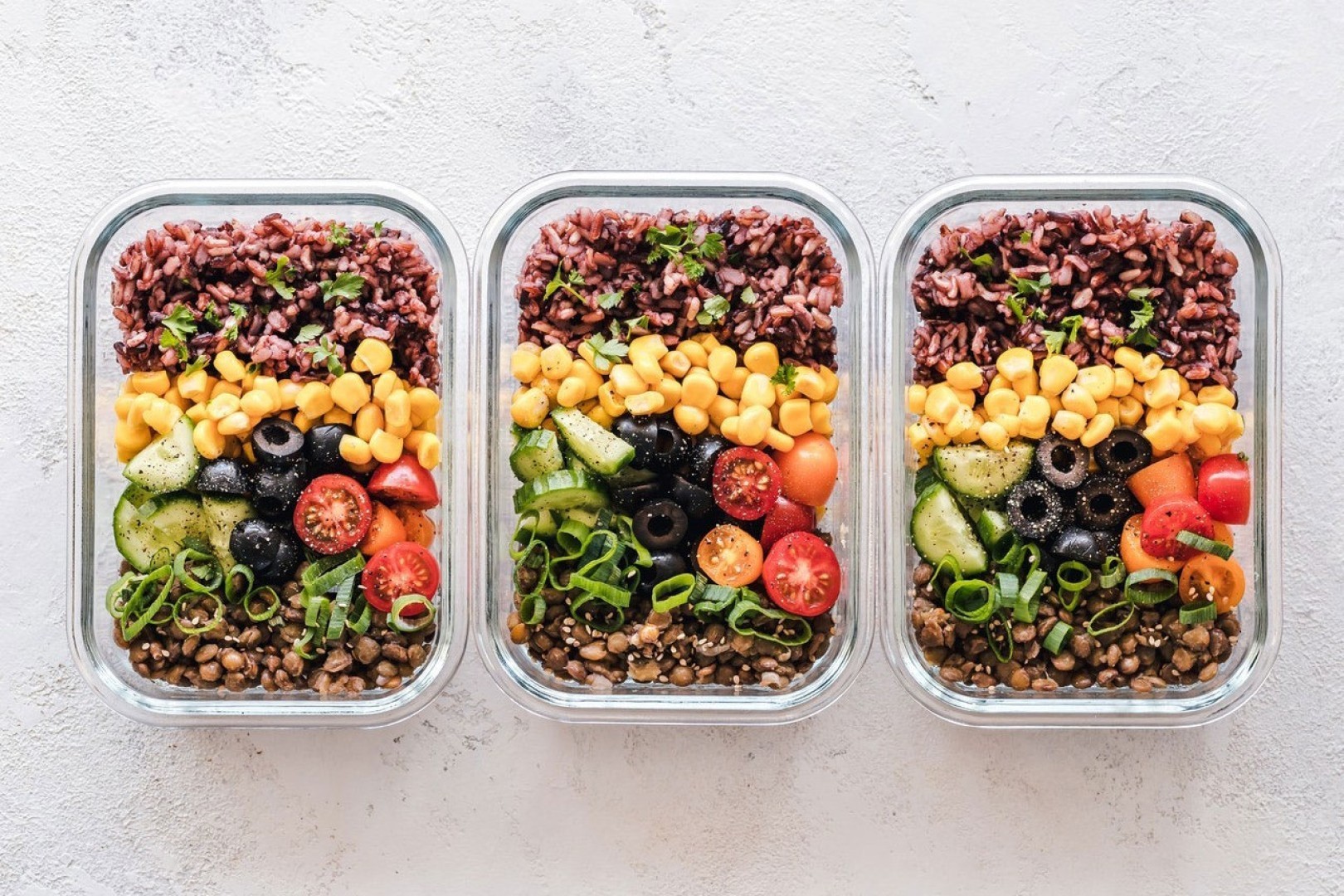
Glycemic index (GI) or Glycemic Load (GL) as a determining factor in nutrition?
4 September 2022
The glycemic index gives carbohydrate-containing foods a numerical value on a scale of 0 to 100, with pure glucose given the highest value. The lower the GI value of a food, the slower blood sugar levels rise after eating it. The more carbohydrates the food contains and the more processed it is, the higher the GI, but the increased fiber and fat content results in lower values.
Foods with a GI of up to 55 are considered in the "low" glycemic index category, between 56-70 - "medium" and 70 and over - "high" glycemic index.
The index was introduced in 2002 to help diabetics identify foods that do not spike blood sugar. The problem with its reliability on how it affects blood sugar levels comes from how GI values are established.
Clinically healthy people are given food containing 50 grams of carbohydrates and their blood sugar levels are monitored for the next two hours, on another day the same group is given pure glucose and their blood sugar levels are monitored again. The glycemic index value for the food is then determined by the ratio between the glucose level for the test food samples and the glucose level of the reference food samples (glucose). The final value for the tested food is determined by the average values for the whole group. The values for all foods included in the list are determined on the same principle.
The subjectivity of the GI stems from the fact that in order to meet the requirement of 50 g of carbohydrates, it is necessary to consume a different amount of food for each of the foods studied, due to the difference in the content of carbohydrates in one serving. A common example is watermelon. Watermelon has a GI of around 76, on this basis one would conclude that watermelon should be avoided due to its high glycemic index. In fact, 120 g of watermelon contains 6 g of carbohydrates only, i.e. in order to conduct the study determining the GI value of watermelon according to the set standards, the people participating in it had to consume 1 kg. of watermelon.
Another example is beetroot, which has a GI of 64, but one portion of 80g contains only 7g of carbohydrates, or again, in order to consume 50g of carbohydrates, it is going to take about 570g of beetroot.
In short, to meet the measurement standard, low-carbohydrate foods require a large serving that the average person would never consume.
Is it possible to know how and which foods will affect our blood sugar levels, when consumed in a normal portion?
This is where a relatively new formula comes to the rescue, which allows us to take into account both the GI of the food and the carbohydrate content of the portion consumed. This measure is called glycemic load (GL) and is determined by the formula:
GI x Carbohydrates (serving) / 100 = GL
The glycemic load scale allows us to choose the type and quantity of foods we consume so that they do not dramatically affect our blood sugar levels and to avoid the so-called "yo-yo" effect.
Foods with GL up to 10 are in the "low" category, between 11-19 - "medium" and over 20 - "high" glycemic load.
In order to avoid continuous calculations, there are tables showing the GL for each food and for what portion it was measured.
Attached to the article are two tables summarizing information from 205 studies of GI and GL of various foods in clinically healthy people and in diabetics.
We hope that the article will serve each of our clients and followers to improve the choice of foods they consume and to achieve an optimal state of health, both for themselves and for their loved ones.
For customized nutrition and training programs, you can contact us through the contact form or the phone numbers listed on our website.
Back